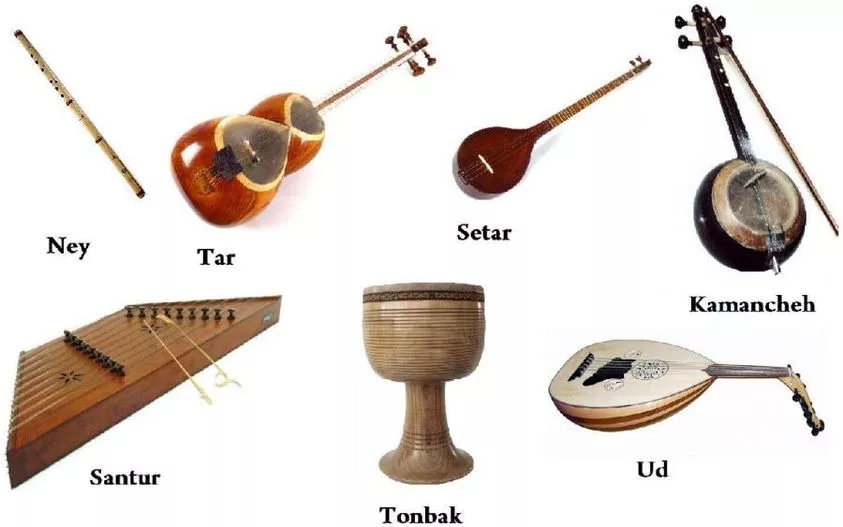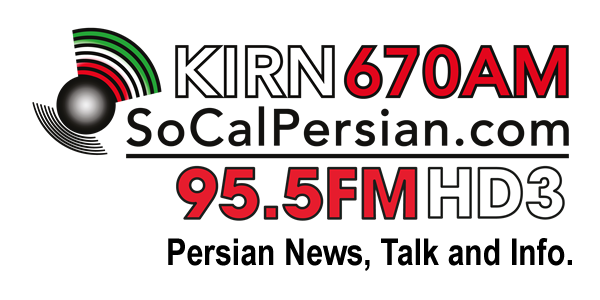
Iran (Persia) has a rich history of musical instruments, too many to list here. However, I can provide you with a selection of widely used instruments today:
- Tar: This plucked string instrument has six strings and a range of two octaves and a fifth.
- Setar: Similar to the tar, the setar has four strings and the same range. It is played by strumming with the nail of the right index finger.
- Ud: Also known as the barbat in ancient Persia, the ud is a plucked string instrument with nine to eleven strings. The European lute is derived from the ud.
- Kamancheh: This bowed instrument has four strings and is played in a similar manner to the violoncello. It has a size and tonal range comparable to the violin.
- Santur: A dulcimer played with delicate wooden mallets, the santur has a range that exceeds three octaves.
- Nay: A generic term for various types of flutes.
- Tombak: The principal percussion instrument in Persian classical music, the tombak is a vase-shaped drum. It is open on one end and covered with a tightly stretched skin on the other.
- Dayere: A tambourine.
